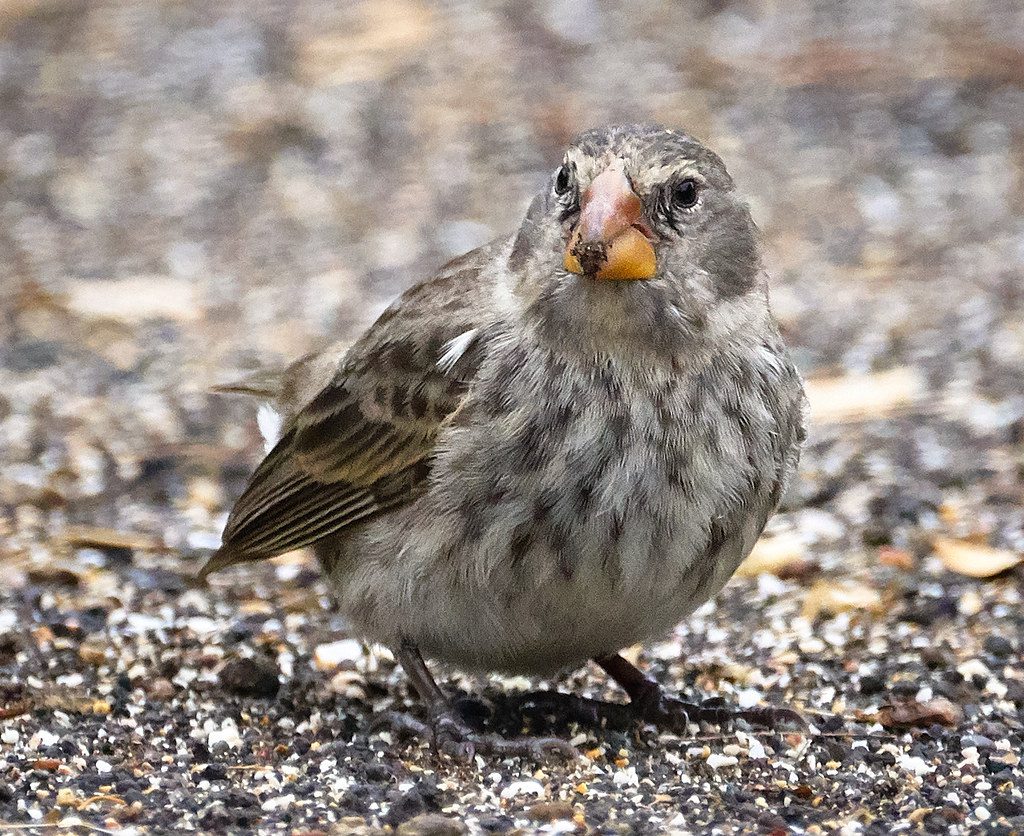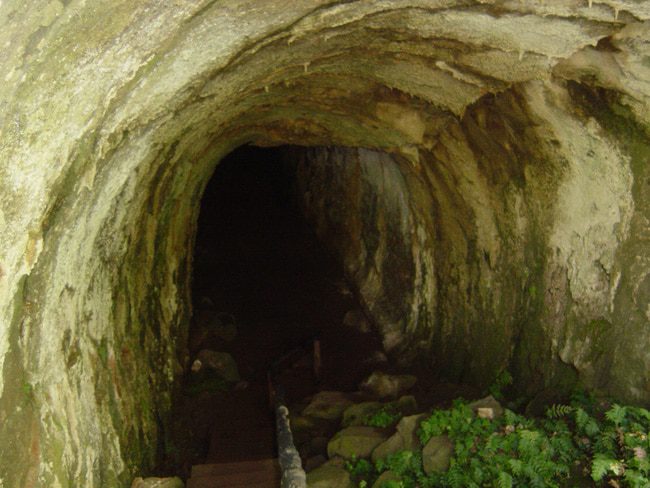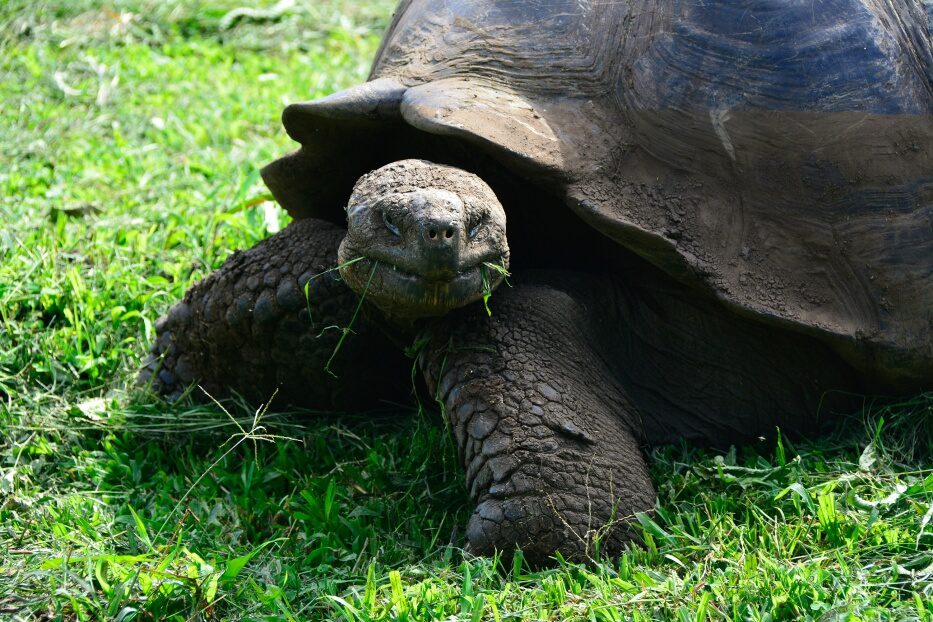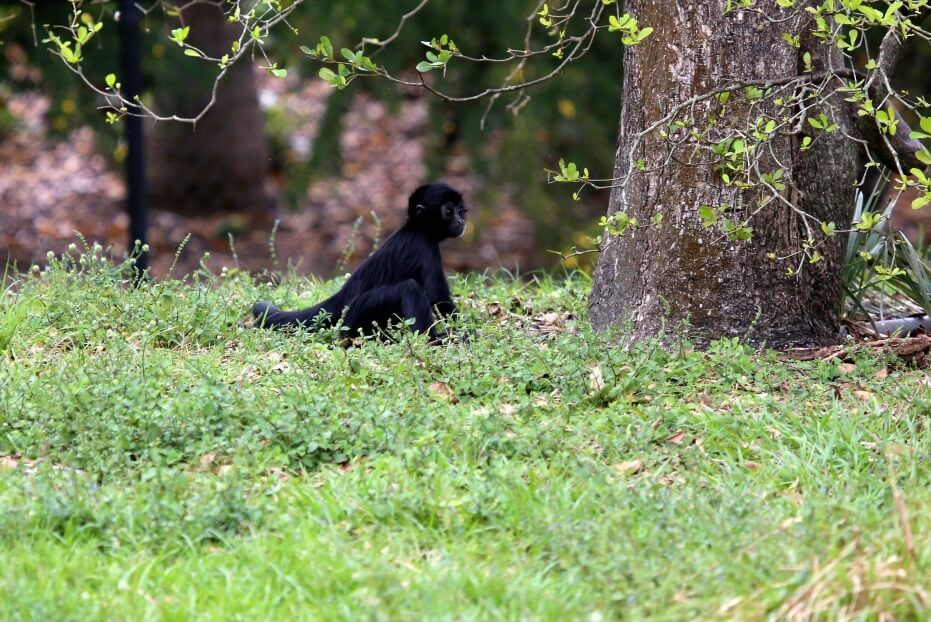
Successful Reintroduction: Brown-Headed Spider Monkeys Return to the Wild
May 26, 2015
A huge step in making the Mashpi Forest Preserve home to perhaps a full 10th of the surviving population of the critically endangered brown-headed spider monkey (Ateles fusciceps fusciceps) went ahead on April 29. After a long drive, a group of seven of the monkeys arrived at Mashpi for the first ever reintroduction of primates into the wild in Ecuador. Released from their travelling cages on arrival from their journey, the monkeys felt relief, greeting each other with hugs and kisses in their new enclosures, deep in the Chocó Rainforest in the western Andean foothills. For the most part rescued from animal trafficking, some of them had spent years at the Jambelí Rescue Centre, 400 kilometres (250 miles) to the south, far away from their native range.
TALK TO A DESTINATION EXPERT

Diego Zapata

Rosa Mena

Sandy Lara

Diego Zapata

Rosa Mena

Sandy Lara
Brown-headed spider monkeys, a subspecies of the black-headed spider monkey, once lived in much of western Ecuador’s tropical forest at altitudes between 100 and 1,700 metres (330-5,580 feet). This area forms part of the Chocó bio-region, a hotspot of species diversity stretching from Ecuador to Panama, sandwiched between the Pacific Ocean and the Andes. These monkeys play a key role in their habitats: foraging widely, they spread seeds through the fruit they eat. This, for some families of tropical trees (Moraceae, Cecropiaceae, Myristicaceae, and Fabaceae), has apparently even become crucial for their reproduction. The monkeys also play a role as pollinators of flowers and as a prey species for forest predators like ocelots.
Unlike howler monkeys, which can still be found in much of Ecuador’s Pacific Coast forests, brown-headed spider monkeys are particularly sensitive to human impact on their habitat. Clearing of forest for ranch land and tropical fruits and oil palms, as well as hunting and trafficking, have sadly made it one of the world’s 25 most endangered primate species. Certainly the rarest monkey in Ecuador, they number perhaps as few as 250.
Nowadays, the area surrounding the Mashpi Lodge consists of close to 18,500 hectares (45,700 acres) of prime rain- and cloud forest, providing a vast haven for the reintroduction of the brown-headed spider monkeys. Currently in their acclimatization enclosures – the climate at the Jambelí Preserve is hotter and the site is much lower – they will be carefully monitored ahead of a release into the wild, possibly before the end of this month. Gradually, the other 17 monkeys still at Jambelí are to be transported to Mashpi for reintroduction into their native habitat, which thus might make this protected forest home to a full tenth of the species. While they do face threats from native predators, they will be studied and should find ample cover and food to reproduce. Mashpi’s resident biologist, Carlos Morochz, worked closely with non-governmental organizations, particularly the Washu Project, in developing the reintroduction project. Additional support came from Universidad San Francisco de Quito, as well as Ecuador’s environment ministry.
We hope that you will join us in supporting this effort to bring the brown-headed spider monkey back from the brink.
Mashpi Lodge, opened in April 2012, is a unique modern luxury hotel amid 18,000 hectares (44,000 acres) of rainforest in western Ecuador, a three-hour drive from Quito, the historic capital. Stays at Mashpi Lodge include all meals, guided explorations (in English or Spanish), specialized lectures, rain ponchos, rubber boots, transfers from/to major hotels in Quito, and use of our unique sky-bike.
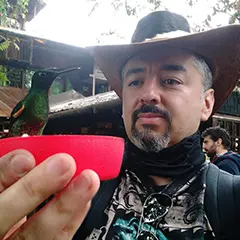
Javier Garcia
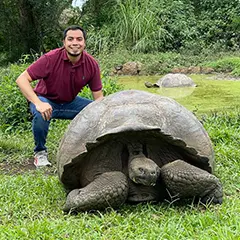
Eduardo Silva
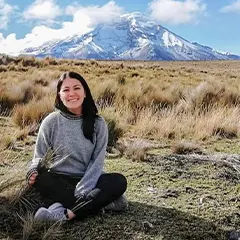
Carolina Escobar
START PLANNING YOUR TRIP

Javier Garcia

Eduardo Silva

Carolina Escobar
Get in touch for more
CONTACT US
